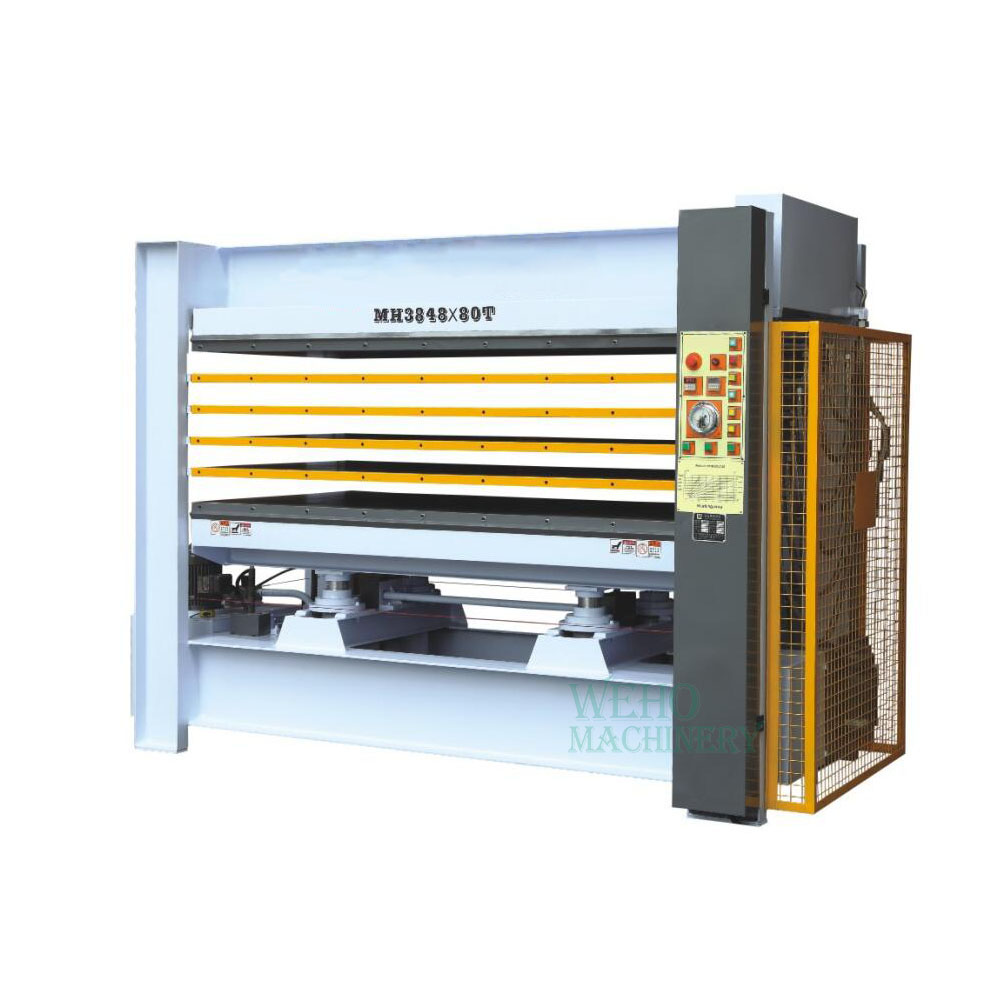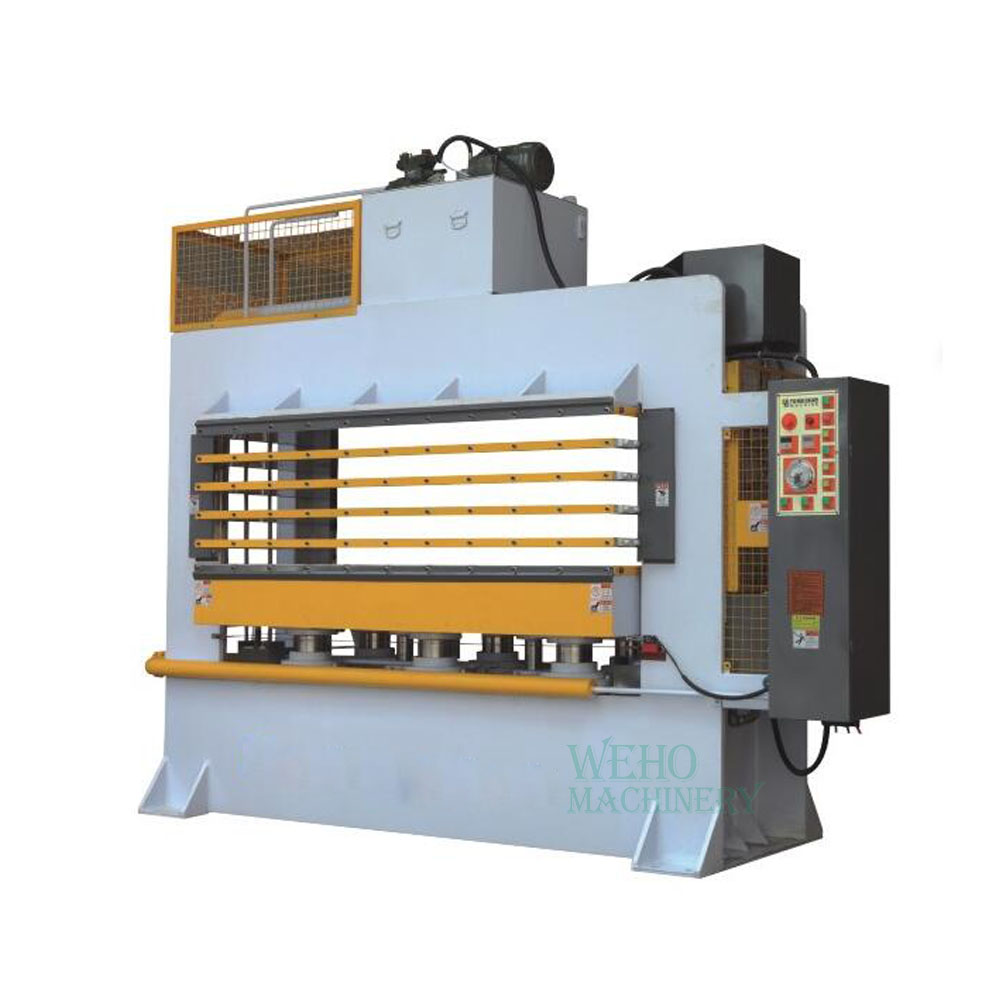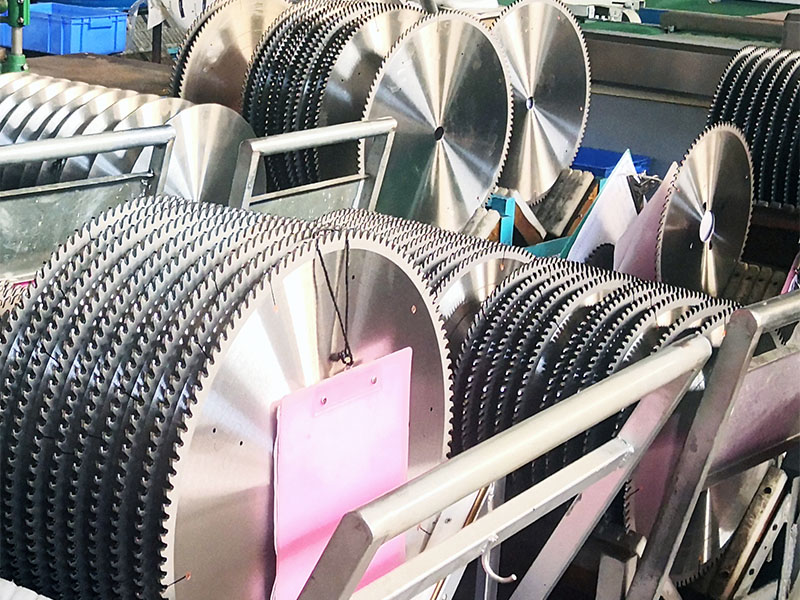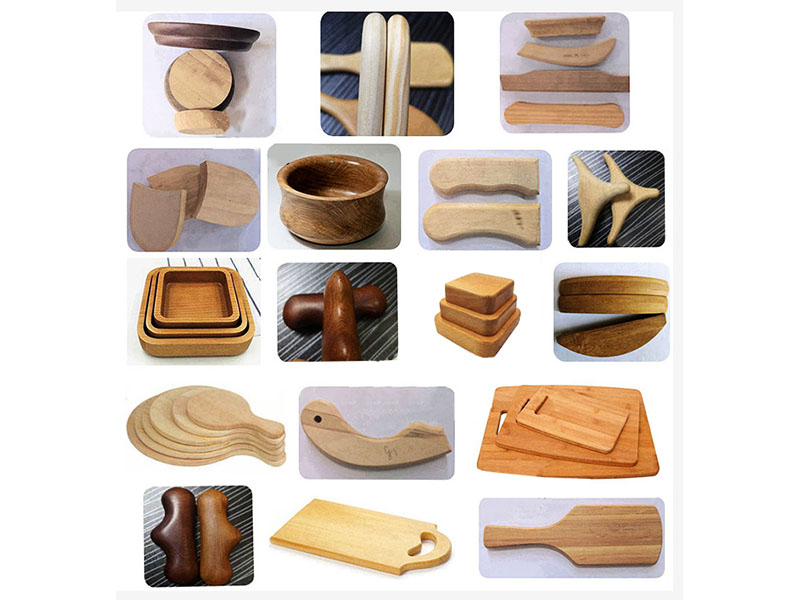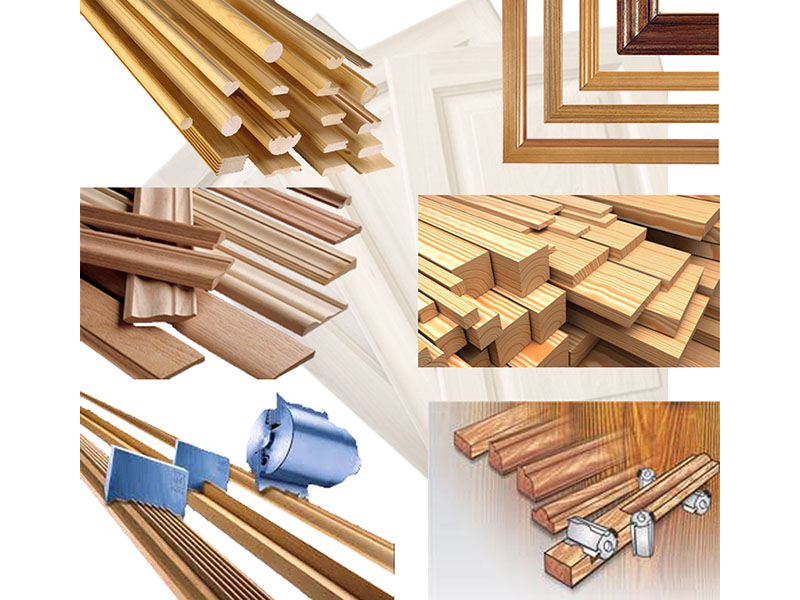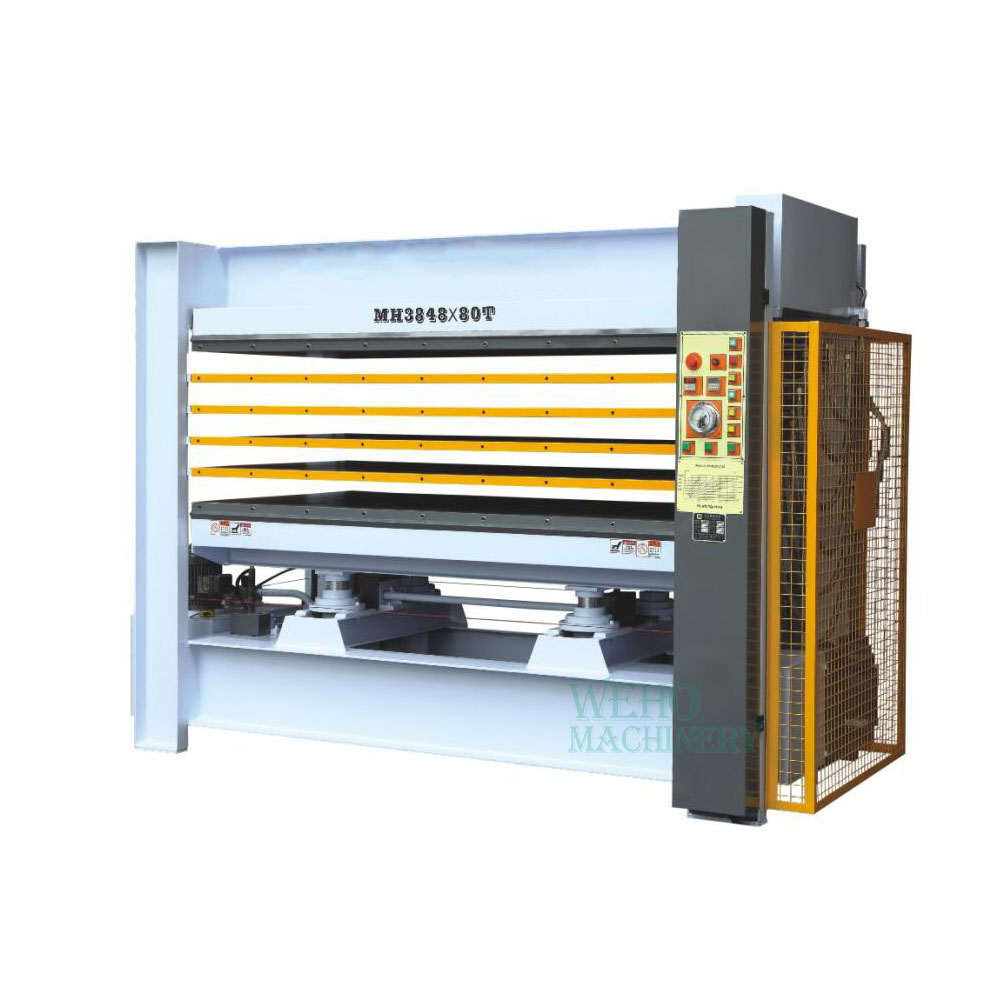
How to Choose the Right Hydraulic Hot Press Machine for MDF or Plywood
In the world of woodworking, precision, strength, and reliability are crucial. Whether you're producing interior doors, laminated panels, furniture boards, or decorative veneers, choosing the right equipment determines the quality of your final product. One of the most important machines in wood panel processing is the hydraulic hot press machine—a powerful, heat-assisted press that ensures strong and consistent bonding for materials like MDF, plywood, particle board, veneer, and PVC foil.
As a key player in this field, WEHO offers a full range of customizable hot press machines for a wide variety of applications. This article will guide you through the major considerations when selecting a hydraulic hot press for MDF or plywood, explain their differences, and help you find the best fit for your production line.
Understanding the Role of a Hydraulic Hot Press Machine
A hydraulic hot press machine uses a combination of heat and pressure to bond surface materials—such as veneers, laminates, or foils—to a base panel, typically MDF or plywood. This lamination process involves heating platens to a controlled temperature, then pressing the layered materials with hydraulic force to create a uniform, strong bond.
The advantages of hydraulic hot pressing include:
- Strong and durable adhesion
- High production efficiency
- Smooth, consistent surface finishes
- Flexibility to process different materials
Applications range from door manufacturing to panel furniture, cabinet fronts, wall panels, and decorative construction materials. Choosing the right machine model involves assessing your materials, production volume, and required features.
MDF vs. Plywood: Why the Machine You Choose Matters
Although both MDF (Medium Density Fiberboard) and plywood are commonly used for lamination, they have different characteristics that affect how they behave under heat and pressure.
MDF is smooth, dense, and uniform in structure. It's ideal for bonding with PVC foil, melamine paper, or natural wood veneer. However, MDF requires a higher temperature and precise pressure control to prevent deformation or bubbling during pressing.
Plywood, on the other hand, is made of thin layers of wood veneer bonded together. While it's more stable and resistant to warping than MDF, plywood's layered structure means that heat must be evenly distributed across the surface to prevent delamination.
As a result, your hydraulic hot press must have:
- Adjustable temperature and pressure settings
- Accurate, even heat distribution across platens
- Durable hydraulic systems that maintain stable pressure
- Flexibility to switch between materials
Not all machines perform equally with both MDF and plywood. Investing in a high-quality, versatile hot press—like those from WEHO —ensures consistent results across various materials.
Choosing the Right Tonnage for Your Application
One of the most critical specifications in any hot press machine is its tonnage, or the amount of pressure it can apply. This determines what thickness and density of material the machine can handle.
For MDF and plywood lamination, typical tonnages range from 80 tons to 200 tons, depending on the size and material of the panel. A lower tonnage machine (such as 80T) may suffice for thin veneers and basic panel production, but higher tonnage (100T–200T) is needed for heavy-duty operations like solid door pressing or multi-layer boards.
At WEHO, hot press models such as the MH3848*80T, MH3848*100T, and MH3848*120T are specifically engineered for different workloads. The 100T and 120T machines, for example, are ideal for MDF door production, while the 80T is best suited for lighter plywood lamination.
Plate Size and Heating System: Don't Overlook the Basics
Another major consideration is the platen size—the heated surface area of the machine. It must match or exceed your panel dimensions to avoid misalignment or uneven pressing. For most standard applications, platen sizes of 2500mm x 1300mm or 3000mm x 1300mm are sufficient. However, custom sizes are available from WEHO to suit specific production needs, such as oversized doors or specialty wall panels.
The heating method used in the platens is equally important. Common options include electric heating, steam heating, or thermal oil circulation. Each has its advantages:
- Electric heating: Simple, cost-effective, and ideal for small to medium-scale production
- Thermal oil heating: Offers superior temperature stability, perfect for large-scale, continuous operations
- Steam heating: Fast heat transfer but requires boiler systems
WEHO hot press machines use precision temperature controllers to maintain uniform heating, preventing delamination or warping of laminated boards.
Control Systems and Automation
Modern hot press machines offer advanced automation and digital control systems. These features not only boost production efficiency but also ensure repeatability and safety. Key features to look for include:
- PLC control panels with user-friendly touchscreens
- Programmable pressing cycles
- Automatic pressure holding and decompression
- Error diagnostics and maintenance reminders
For factories aiming to scale production or minimize labor costs, automation is a smart investment. Many of WEHO's models are equipped with semi-automatic or fully automatic systems, which significantly reduce human error and improve cycle consistency.
Quality and Reliability of the Hydraulic System
The hydraulic system is the heart of any hot press machine. A robust and responsive system guarantees that the pressure applied during lamination is stable and consistent throughout the process. Key hydraulic features to prioritize include:
- Multi-cylinder synchronization to ensure even pressure across the platen
- High-pressure pumps with low energy consumption
- Reliable seals and valves to prevent oil leaks or failure
- Overload protection systems to protect your materials and operators
WEHO hot press machines are engineered with top-grade hydraulic components, ensuring low maintenance, long service life, and consistent output, even in demanding production environments.
Flexibility and Customization Options
No two factories are the same. That's why flexibility and customization options matter when choosing your equipment. Whether you need:
- A machine for specific panel sizes
- Special multi-opening designs for higher output
- Optional edge protection or foil alignment systems
- Additional cooling platens or stacking systems
WEHO offers tailored hot press machines to meet unique production demands. Their technical team can advise on machine layout, system upgrades, and integration into your existing production line.
Why Choose WEHO?
As a trusted manufacturer of woodworking machinery, WEHO combines innovation, precision engineering, and years of industry experience to deliver high-performance hot press solutions for global customers. What sets WEHO apart?
- Over 20 years of machinery production expertise
- A wide range of models: 80T, 100T, 120T, and 200T
- Flexible configurations for MDF, plywood, particle board, and veneer lamination
- Full customization options and strong technical support
- Proven quality with CE certifications and global installations
Whether you run a small workshop or a large industrial factory, WEHO provides reliable, cost-effective, and future-proof hot press machines to elevate your woodworking production.
Conclusion
Choosing the right hydraulic hot press machine is not just about matching specs—it's about aligning your equipment with the needs of your material, production scale, and long-term goals. For MDF or plywood lamination, factors like tonnage, plate size, heating method, control system, and hydraulic reliability all play crucial roles.
By partnering with an experienced manufacturer like WEHO, you gain access to expertly built machines, technical guidance, and full customization support. Whether you're pressing simple veneers or heavy MDF doors, WEHO has the solution to help you produce better, faster, and more efficiently.


